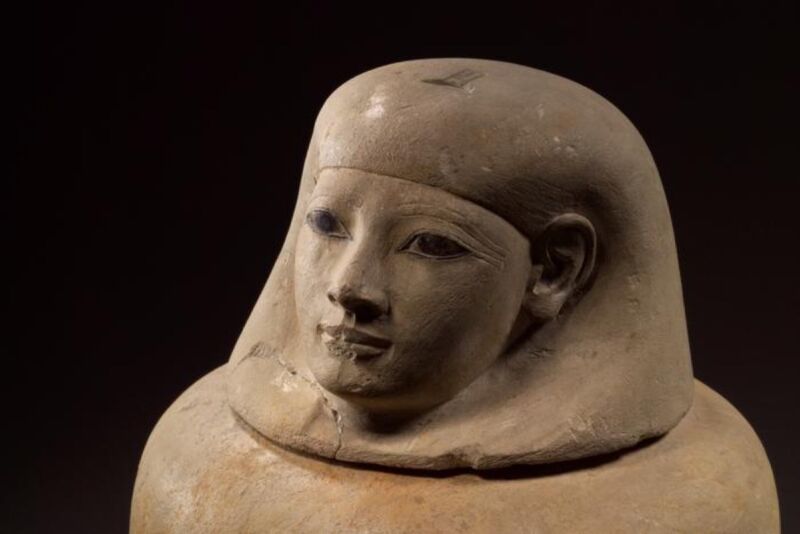
Trying to re-create the scents and smells of the past is a daunting challenge, given the ephemeral nature of these olfactory cues. Now scientists have identified the compounds in the balms used to mummify the organs of an ancient Egyptian noblewoman, according to a recent paper published in the journal Scientific Reports, suggesting that the recipes were unusually complex and used ingredients not native to the region. The authors also partnered with a perfumer to re-create what co-author Barbara Huber calls "the scent of eternity."
“'The scent of eternity’ represents more than just the aroma of the mummification process,” said Huber, an archaeologist at the Max Planck Institute of Geoanthropology in Jena, Germany. “It embodies the rich cultural, historical, and spiritual significance of Ancient Egyptian mortuary practices. Our methods were also able to provide crucial insights into balm ingredients for which there is limited information in contemporary ancient Egyptian textual sources.”
As previously reported, Egyptian embalming is thought to have started in the Predynastic Period or even earlier, when people noticed that the arid heat of the sand tended to dry and preserve bodies buried in the desert. Eventually, the idea of preserving the body after death worked its way into Egyptian religious beliefs. When people began to bury the dead in rock tombs, away from the desiccating sand, they used chemicals like natron salt and plant-based resins for embalming.
The procedure typically began by laying the corpse on a table and removing the internal organs—except for the heart. Per Herodotus, "They first draw out part of the brain through the nostrils with an iron hook, and inject certain drugs into the rest" to liquefy the remaining brain matter.
Next, they washed out the body cavity with spices and palm wine, sewed the body back up, and left aromatic plants and spices inside, including bags of natron. The body was then allowed to dehydrate over 40 days. The dried organs were sealed in canopic jars (or sometimes put back into the body cavity). Then the body was wrapped in several layers of linen cloth, with amulets placed within those layers to protect the deceased from evil. The fully wrapped mummy was coated in resin to keep moisture out and placed in a coffin (also sealed with resin).
Most of what we know about ancient Egyptian mummification techniques comes from a few ancient texts. In addition to a text called The Ritual of Embalming, Greek historian Herodotus, in his Histories, mentions the use of natron to dehydrate the body. But there are very few details about the specific spices, oils, resins, and other ingredients used. Science can help fill in the gaps, particularly given the expanding array of methods for conducting biomolecular analysis, including various forms of gas chromatography.
reader comments
19